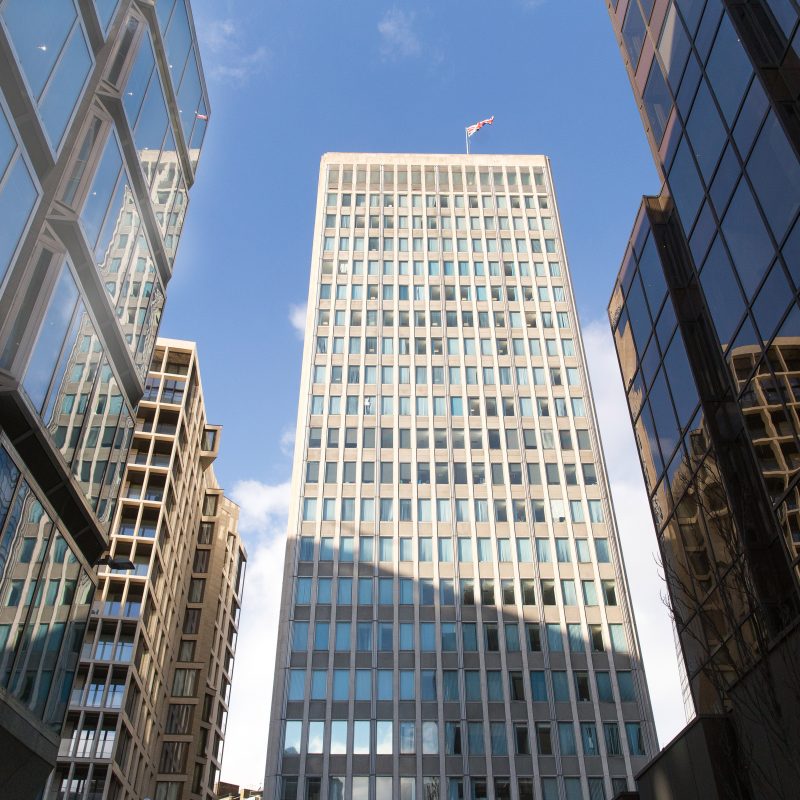Ruth Duston, MD, Primera Corporation.
We have come to expect rail increases each year, but the 3.6% increase from January next year is the largest in five years. Commuters are set to be hardest hit by the increases. The change applies to about 40% of rail fares, including season tickets on many commuter journeys, some off-peak return tickets on long-distance journeys and anytime tickets around major cities.
Understandably this annual rail fare increase announcement is never welcomed, however, coming at a time when salaries are stagnating, this year’s announcement has been particularly badly received in many quarters.
Unions and campaigners have been holding protests against the rises at railway stations around the country.
That said, in some of the analysis of the announcement there has been a recognition that the railways need investment and it is increasingly unlikely that the public purse can solely meet the cost of major infrastructure improvements.
Working closely with hundreds of businesses across London I know how vital efficient public transport is and the catalytic impact that good infrastructure can have on areas. The UK’s first high speed railway line, which triggered the transformation of King’s Cross, cost £7.3bn to deliver. Of course this is not small change, but the transport benefits and wider regeneration and economic growth in the long term has been assessed to reach more than £17.6bn. Not a bad return on investment when you look at the bigger picture.
Transport is an enabler, a powerful driver of commerce and prosperity. Businesses see the benefit of good transport helping employees get to work, and connecting them to clients and customers. Therefore in this time of continued austerity, it is not surprising that we are seeing more businesses developing innovative funding models to help fund transport improvements.
One part of the funding puzzle is looking at how the transport user can further contribute to the improvement of the services they are using. This could be a case of adding a small precept on to season tickets to fund specific improvements on services or stations, but this is unlikely to be universally popular. Perhaps a more sensible approach is to work with the local business community, occupiers and property owners, to calculate a fair formula which looks at anticipated economic growth following the investment and sees businesses injecting the cash upfront.
In Victoria, the local Business Improvement District is spear-heading an initiative looking at this issue. Victoria station is in desperate need of improvement – it is already at capacity and with the expected growth in passenger numbers in the coming years there are fears that a station which is already feeling the strain will struggle to cope.
Victoria as an area is undergoing a dramatic transformation with new businesses choosing to relocate there, attracted by new office developments, a great leisure and retail offer, its central location and attractive rental prices when compared to the West End.
A new partnership between the public and private sectors in the area is being proposed, with all parties working together to explore the various funding options. The final formula could be a combination of several things: some over-station new development, a contribution from property owners which reflects the anticipated increase in the value of their asset, an injection from occupiers who are able to attract and retain the best staff and grow their businesses in a thriving Victoria, a fair and transparent contribution from the Train Operating Companies (hence our ticket prices rising) and then the public sector funding the remainder.
Over the last decade or so BIDs across London have emerged as powerful, strategic bodies, increasingly driving ambitious local agendas to improve economic growth, public realm and transport projects. Funded by the local businesses they represent, BIDs are already demonstrating that businesses are prepared to fund local improvements if they know the end result will enhance the economic environment in which they operate.
This is a model which can and should be used to fund bigger, major infrastructure improvements.
Perhaps the saying ought to change…”nothing is certain expect death, taxes and rail fare increases”. At least if we have a new funding model and a fair partnership resulting in significant improvements to infrastructure then we might not find increases as hard to swallow.


